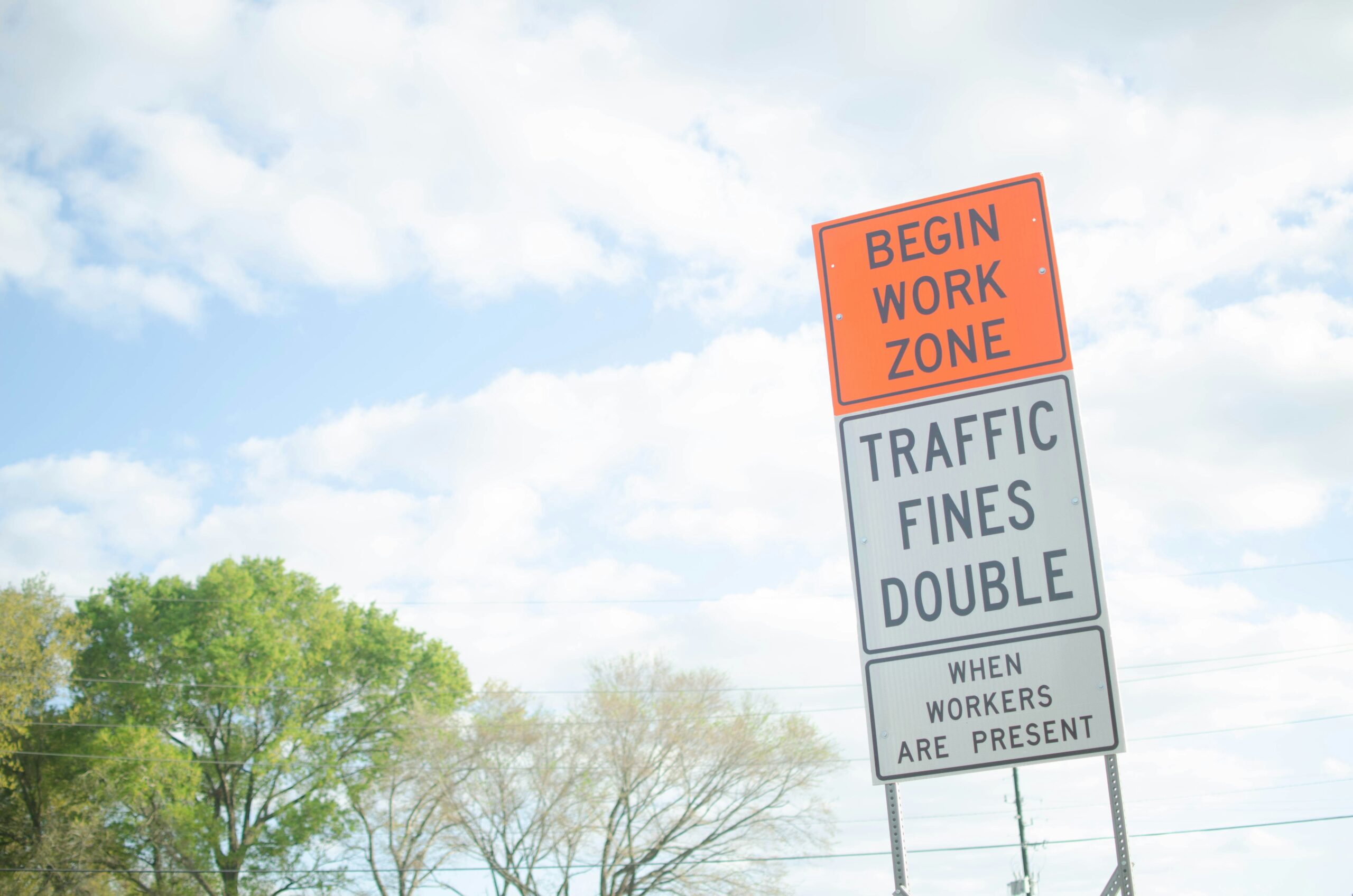Introduction
Running ads is easy. Running ads that are both affordable and profitable is a different story. One of the biggest challenges digital marketers face is keeping their cost-per-click (CPC) and cost-per-conversion low while still growing results. In this guide, you’ll learn the most effective ways to reduce paid traffic costs without compromising performance. These strategies apply whether you’re advertising on Google, Meta, TikTok, or any other major ad platform.
1. Improve Your Quality Score (Google Ads)
Google assigns a Quality Score (QS) to each keyword in your campaign. It ranges from 1 to 10 and directly affects how much you pay per click.
How it works:
Higher QS = Lower CPC + Better Ad Placement
How to improve it:
- Use relevant keywords in your ad copy and landing page
- Make sure your landing page is fast, mobile-friendly, and matches the ad’s promise
- Write compelling and clear ad copy that increases click-through rate (CTR)
Pro tip: Break keywords into tight ad groups with 1–5 related keywords per group for maximum relevance.
2. Refine Your Targeting
If your targeting is too broad, you’ll attract unqualified clicks that don’t convert — wasting your money.
Tips to narrow targeting:
- Use Lookalike Audiences based on actual customers
- Layer multiple interest groups together
- Exclude users who have already converted
- Use geotargeting to focus on high-performing locations
With Meta Ads, try narrowing by behavior, age, language, and device to focus on your ideal customer.
3. Test and Optimize Your Creatives
Ads with boring visuals or unclear messaging tend to perform poorly, driving up your costs.
What to test:
- Different images or videos (lifestyle, product in action, UGC-style)
- Short vs. long copy
- Various CTAs: “Get Your Free Demo” vs. “Try It Now”
- Color psychology — small visual changes impact engagement
Keep track of:
- Click-Through Rate (CTR)
- Conversion Rate (CVR)
- Relevance Score or Engagement Ranking
If your CTR improves, your ad platform will reward you with lower costs per impression.
4. Focus on Mobile Optimization
Most ad platforms now prioritize mobile-first users. If your landing page or checkout isn’t mobile-friendly, you’re throwing money away.
Checklist for mobile optimization:
- Page loads in under 3 seconds
- Buttons are big and easy to tap
- Text is readable without zooming
- Forms are short and simple
You can also run mobile-only campaigns to reduce cost and focus your budget on where people are actually engaging.
5. Use Retargeting to Reclaim Lost Traffic
Retargeting allows you to advertise to people who already visited your site or interacted with your content. These users are more likely to convert — meaning lower cost per acquisition (CPA).
Types of retargeting:
- Website visitors in the last 30 days
- Users who added items to cart but didn’t buy
- Video viewers on social media
- Email subscribers who didn’t open recent messages
Tactic: Create a retargeting funnel. Start with broad awareness, follow up with testimonials, and finish with urgency offers.
6. Schedule Ads for Peak Performance
Running ads 24/7 may seem smart — but not all hours are equal. Use ad scheduling to run your ads only when your audience is most active and likely to convert.
Steps:
- Check your platform analytics (Meta, Google, etc.)
- Identify peak engagement/conversion hours
- Adjust your ad schedule accordingly
Cutting low-converting hours helps you spend less and earn more with the same budget.
7. Use Manual Bidding Strategies (Advanced)
If you have experience and strong data, consider moving from automatic to manual bidding.
Benefits:
- Full control over max CPC or CPA
- Ability to outbid competitors during key hours
- Pause bids on keywords or placements that aren’t working
Warning: Only use manual bidding if you have historical performance data — otherwise you may overspend.
8. Add Negative Keywords (Google Ads)
Google Ads may show your ad on searches you never intended to target. This leads to irrelevant clicks and wasted budget.
Example:
You sell premium yoga mats. Your ad appears for “cheap yoga mats” — not ideal.
Solution:
Use negative keywords like “cheap,” “free,” “used” to block low-intent searches.
Check your Search Terms Report weekly to update your negative keyword list.
9. A/B Test Everything
You can’t improve what you don’t measure. Testing variations of your ad, copy, and landing pages will show you what works best — and at what cost.
Test ideas:
- Landing page layout
- Headline vs. benefit bullets
- Images vs. videos
- Long-form vs. short-form content
Keep the winner and cut the loser — over time, your cost per result will drop significantly.
10. Track Metrics That Actually Matter
To truly lower ad costs, you need to stop chasing vanity metrics and track what drives real ROI.
Key metrics to watch:
- Cost Per Acquisition (CPA)
- Click-Through Rate (CTR)
- Conversion Rate (CVR)
- Return on Ad Spend (ROAS)
- Customer Lifetime Value (LTV)
Use Google Analytics, Meta Ads Manager, or third-party tools to track the full customer journey.
11. Simplify Your Funnel
A complex funnel with too many steps can lead to drop-offs and higher ad costs.
Try this:
- Ad → Landing Page → Offer
- Skip excessive forms, popups, or redirects
- Keep messaging consistent from ad to page
One goal per funnel = less confusion = more conversions.
12. Analyze and Cut Low-Performing Placements
In platforms like Meta, your ads are shown across Facebook, Instagram, Messenger, and Audience Network. Some of these placements may cost more and convert less.
Go to your placement performance report and:
- Pause or reduce budget on low-performing placements
- Focus on where ROI is highest (e.g., Instagram Stories, Facebook Feed)
The same applies to device types, browsers, or apps in Google Display campaigns.
Final Thoughts: Spend Smarter, Not Just Less
Lowering paid traffic costs doesn’t mean cutting your budget — it means spending it wisely. With the right combination of creative testing, targeting precision, funnel simplicity, and performance tracking, you can improve ROI while reducing waste.
Remember: Advertising platforms reward relevance. The more relevant your message, the lower your cost — and the higher your return.



